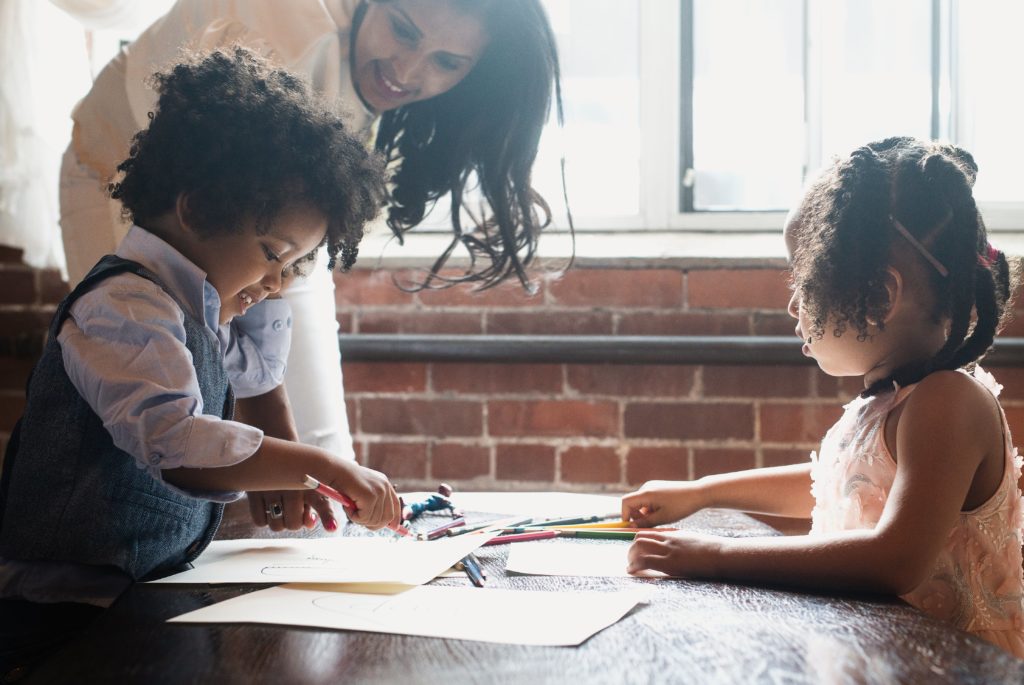The landscape of children’s education has never been static. It is an ever-evolving terrain, shaped by societal changes, technological advancements, and pedagogical innovations. As we stand at the cusp of the third decade of the 21st century, it is evident that the journey of educating our children has undergone remarkable transformations.
One of the most prominent factors shaping the contemporary landscape of children’s education is the digital revolution. In recent years, the integration of technology into classrooms has transformed the way children learn. Tablets, laptops, and interactive whiteboards have become essential tools in the modern educational arsenal. These devices enable educators to create dynamic, interactive, and engaging lessons, catering to diverse learning styles and abilities.
Moreover, digital platforms and online resources have expanded the horizons of education beyond the confines of physical classrooms. Learning Management Systems (LMS) such as Google Classroom and Moodle facilitate seamless communication between teachers, students, and parents. These platforms allow for the distribution of assignments, quizzes, and educational materials, making it easier for both educators and students to stay organized and engaged in the learning process.
The advent of Massive Open Online Courses (MOOCs) and educational websites like Khan Academy and Coursera has democratized access to high-quality educational content. Children can now access a vast repository of knowledge from the comfort of their homes, empowering them to pursue their interests and passions independently.
The evolving landscape of children’s education also places a strong emphasis on personalized learning. Traditional one-size-fits-all approaches are giving way to tailor-made educational experiences that cater to each child’s unique strengths, weaknesses, and interests. Material tools such as adaptive learning software and artificial intelligence algorithms play a pivotal role in this transformation.
Adaptive learning software uses algorithms to analyze a student’s performance and adapt the content and pace of instruction accordingly. This ensures that students receive the support they need when they need it, fostering a more efficient and effective learning process. Furthermore, AI-powered chatbots and virtual tutors provide students with immediate feedback and guidance, enhancing their understanding of complex concepts.
The gamification of education is another aspect of personalized learning. Educational games and interactive simulations make learning enjoyable and engaging, helping children develop problem-solving skills, critical thinking, and creativity. These material resources, in the form of educational games and interactive simulations, not only captivate young minds but also facilitate a deeper understanding of abstract concepts.
The evolving landscape of children’s education is marked by a growing commitment to inclusivity and accessibility. In the past, many children with disabilities faced significant barriers to accessing education. However, technological advancements and innovative material tools have opened up new possibilities for these students.
Assistive technologies, such as screen readers, voice recognition software, and communication devices, have empowered children with disabilities to participate fully in the educational process. These tools ensure that learning materials are accessible to all students, regardless of their physical or cognitive abilities.
The integration of Universal Design for Learning (UDL) principles in educational practices aims to create flexible and inclusive learning environments. This approach recognizes the diverse needs of students and provides multiple means of representation, engagement, and expression. Material things like adjustable desks, sensory aids, and Braille materials are crucial in implementing UDL effectively.
Recent events, such as the COVID-19 pandemic, have accelerated the adoption of blended learning and hybrid educational models. These approaches combine traditional in-person instruction with online learning, offering students greater flexibility and resilience in the face of disruptions.
Material things like reliable internet access and digital devices are paramount in making blended learning and hybrid models successful. Schools and communities must invest in infrastructure to ensure that all students have access to the necessary technology and resources. Additionally, educators need professional development to effectively navigate these new modes of teaching.
The evolving landscape of children’s education is increasingly intertwined with sustainability and environmental awareness. As our planet faces unprecedented environmental challenges, it is crucial to instill eco-consciousness in the younger generation.
Material resources, such as eco-friendly school supplies and energy-efficient facilities, can serve as tangible reminders of our responsibility towards the environment. Schools are adopting sustainable practices, from recycling programs to green building designs, to create eco-friendly learning environments. These initiatives not only reduce environmental impact but also teach students valuable lessons about sustainability and stewardship.
The ever-evolving landscape of children’s education is a dynamic and multifaceted terrain. It is shaped by digital advancements, personalized learning approaches, inclusivity and accessibility initiatives, blended learning models, and a growing emphasis on sustainability. Material resources, from digital devices to adaptive learning software, play a pivotal role in realizing the potential of these educational transformations.
As we navigate this evolving landscape, it is essential to remember that education is not just about imparting knowledge but also about nurturing curious minds, fostering creativity, and instilling values. Material things, while crucial, should always be seen as tools to support the broader goal of empowering children to thrive in an ever-changing world. Ultimately, the future of children’s education lies in our ability to adapt, innovate, and prioritize the well-being and growth of every young learner.



